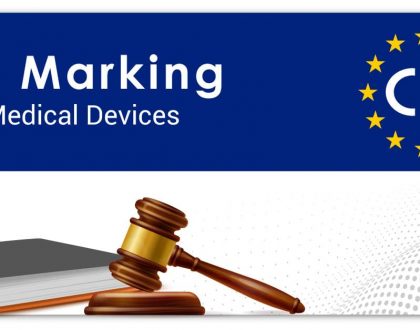TGA Release Proposal Paper: Are Tighter Controls and Alternative Options for Conformity Assessment Ahead?

by admin
The TGA have released a proposal paper introducing changes which could shake things up for Australian and overseas medical and IVD device manufacturers. The paper explores changes which could affect all companies entering the Australian market, particularly new medical devices which are higher risk (IIb, III and AIMD).
In an attempt to improve control of devices and improve transparency, the following has been proposed.
Mandatory Application Audits (MAA) changes. The potential overhaul includes two key actions;
- Expanding the list of devices requiring MAA which falls in line with recent changes to the EC-MRA (Mutual Recognition Agreement). Should the proposal go ahead, all surgically invasive devices intended for long term use and implantable devices would undergo MMA along with those devices already listed for MMA.
- Introduction of a level three audit. Applicable to Class III long term implantable or surgically invasive and AIMD medical devices, the level three audit will include examination of assessment reports from notified bodies and the raw data used to develop the reports in addition to current level two audit requirements.
Next in the reform package is the publication of TGA regulatory decisions. To improve transparency, the TGA are considering disclosing the degree to which medical devices have been assessed prior to Australian Register for Therapeutic Goods (ARTG) inclusion, and cases where applications were not approved and why. The proposal is not intended to publish confidential information but is aimed at outlining evidence for decisions relating to conformity assessment, ARTG inclusion, or rejection and making the TGA accountable for decisions made.
Lastly, the paper includes a proposal to facilitate choice for Australian manufacturers of low risk devices. Australian manufacturers of lower class devices will no longer be required to seek TGA conformity assessment, instead having the ability to obtain certification issued by European notified bodies. Once certification is received, manufacturers could apply for ARTG inclusion using procedures currently reserved only for overseas manufacturers. This is likely to be an attractive option for these manufacturers, although costly, processing times may be much shorter than the TGA.
For more detail, find the TGA Proposal Paper here.
This proposal brings both good and bad news for device manufacturers and sponsors. The reforms are under consultation and review by the TGA and stakeholders, however it seems big changes are truly on the doorstep. Stay tuned.
Does your organisation need some guidance understanding regulatory requirements for your medical device? With years of experience getting a huge range of devices to market, KD&A can guide you. Take the guess work out of your path to market, starting with a customised Regulatory Strategy designed to let you know what to expect and when. Contact us for a quotation.
Recommended Posts

January 2024 Updated Guidance – System or Procedure Packs
February 28, 2024

Guidance on the vigilance system for CE-marked devices and the Device Specific Vigilance Guidance (DSVG) Template
February 19, 2024

TGA Fees and Charges Proposal 2024-25
February 1, 2024
